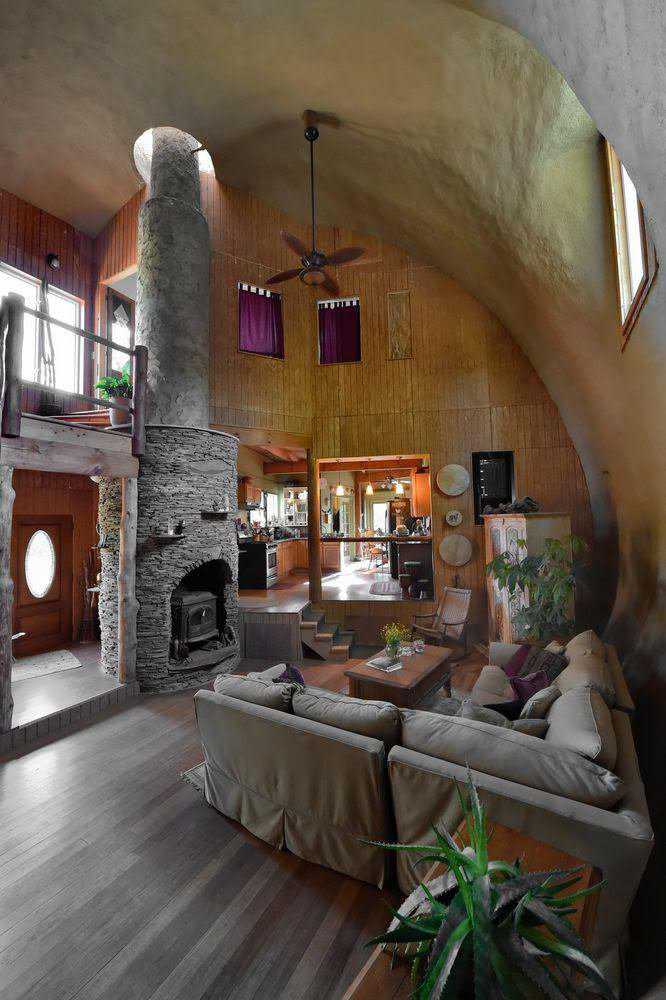Table of Content
By increasing the relative humidity, your body will feel comfortable at lower temperatures. In practice, this means that maybe you’ll be able to set your thermostat to 70 degrees throughout the winter instead of 72 degrees. The Condair HumiLife is compatible with most smart home hubs. This makes it easy to control remotely and adjust to your exact liking. You might be tempted to use this humidifier as a real credenza, but we strongly recommend not to, since the top must be clear for the moisturized air to circulate into your home.
While it certainly takes experience in HVAC systems, plumbing, and electrical to install a humidifier, it may also come down to legality. In certain scenarios, a homeowner can’t install a central humidifier on their own unless they’re a certified HVAC professional. Adding a humidistat to a humidifier system can help a homeowner get the most out of their humidifier. On average, a humidistat costs between $30 and $150, with manual models at lower prices and automatic digital models at the higher end of the range.
How to Save Money on Whole-House Humidifier Cost
Homes in areas with long, cold winters may still need humidification. Electric – All humidifier types are compatible with electric furnaces. The addition of a whole-house humidifier typically increases the furnace's efficiency. Furnace humidifiers cost $100 to $1,300 for the unit alone or $200 to $2,200 installed, depending on the type and features. A. Some people find dry air causes a range of issues for them, including irritated skin, nose bleeds, an itchy or sore throat, breathing difficulties, and flare-ups of asthma or allergies.

A portable humidifier will need to be refilled often – as an example, a smaller model that can take one gallon of water might need to be refilled after 36 hours of operation. And they won’t provide comfort, air quality and efficiency benefits similar to those provided by a whole-house furnace humidifier. If you think your family might benefit from installing a furnace humidifier, find a Carrier dealer in your area and make an appointment to today.
Services menu
An ideal humidifier is the one that can fit into your requirements and is a mix of comfort and affordability. There are several different types of whole-house humidifiers, all with their own unique list of pros and cons. There’s no single best type of humidifier for every house, so homeowners will want to take the time to learn about their options and choose the one that best meets their needs. A humidistat is a small electronic device similar to a thermostat. But instead of measuring the temperature of a space, it measures the humidity level and responds appropriately.

Some home humidifiers are commercial-grade workhorses capable of delivering enough vapor to rehydrate hundreds of square feet of dry air. At the BestReviews testing facility, a cube out of industrial plastic was made to simulate the conditions of an average room. Lab techs used a heavy-duty dehumidifier to lower the cube's relative humidity.
Considerations when selecting a home humidifier
There are recommended settings based on the outside temperature for optimum use and comfort. As its cousin, the unit performs reliably for homes up to 3,000 feet and has a small footprint. This unit is good for homes up to 2,400 square feet but can work for most one- or two-bedroom houses, as well as larger apartments. If you have a larger space or multiple floors you need to monitor, it may not be powerful enough. It does not need to be connected to the ductwork, which makes setup easy. It also has a sleek design that doesn’t need to be out of sight.

The display also reports the current humidity level in your home. When it reaches the target humidity level you set, it automatically shuts off. There is also an automatic shutoff when the unit is empty, so you needn’t worry about it burning out or becoming a fire hazard.
Where to install a whole-house humidifier?
A steam humidifier heats water until it creates steam which is released into your ventilation ductwork. These humidifiers are usually more expensive and use more energy, but are great for larger homes. Both drum and flow-through models use evaporative pads, which cost anywhere between $70 to $100 to replace, including installation. They collect water that heats, evaporates, and flows through the ducts to serve the home. For humidifiers without a humidistat, it’s a good idea to add one to your humidifier system.
A Honeywell humidifier falls into a similar price range, costing between $150 and $400 for the unit or $250 to $1,300 installed. Like all types of appliances, the best whole-house humidifier brands have a wide range of prices and types to choose from. Some are on the more affordable side, while others are more expensive.
Some home humidifiers even have UV filters that help remove additional bacteria, viruses, and mold spores. For some people, dry air during the colder months aggravates respiratory conditions or makes the home uncomfortable. A small, ultrasonic humidifier might be best in this situation. This large capacity cool mist humidifier can handle a wide area and boasts an adjustable nozzle. High skilled contractors who use a range of quality materials built to last and charge their clients fairly for their services. These contractors are licensed, insured and specialized in their work.

With the increased moisture in the air, skin is able to absorb hydration naturally. It can also improve the appearance and feel of a person’s scalp, hair, and lips. Cracked skin and lips can both be uncomfortable side effects of cooler, drier months, but a humidifier can help prevent and cure these and other skin conditions. Additionally, extra moisture in the air helps keep a home warm, which can also boost comfort levels. Installing a humidifier is most affordable in Denver, Colorado, with an average cost of $502.

No comments:
Post a Comment